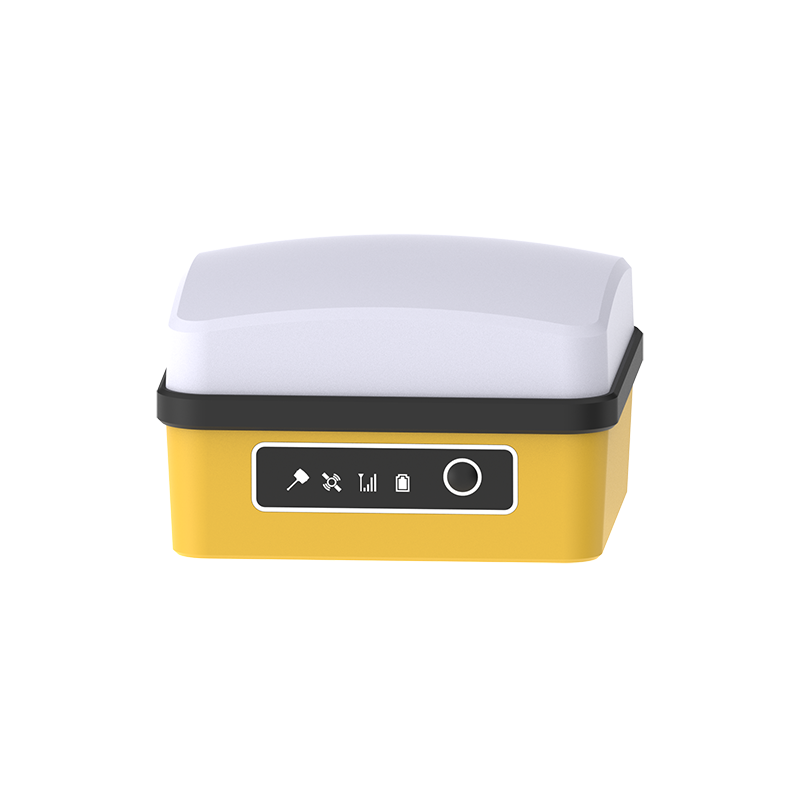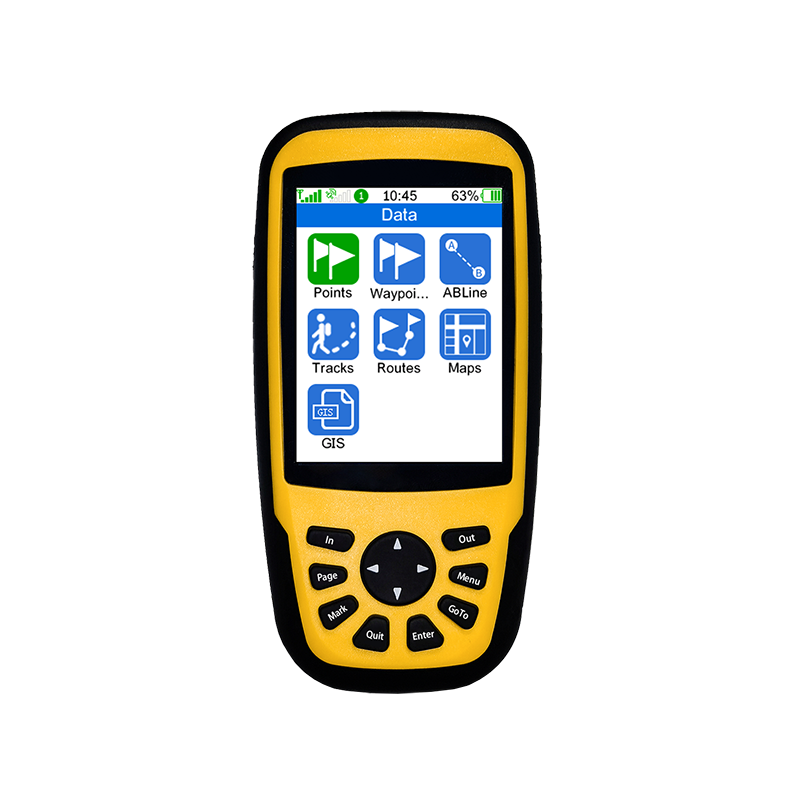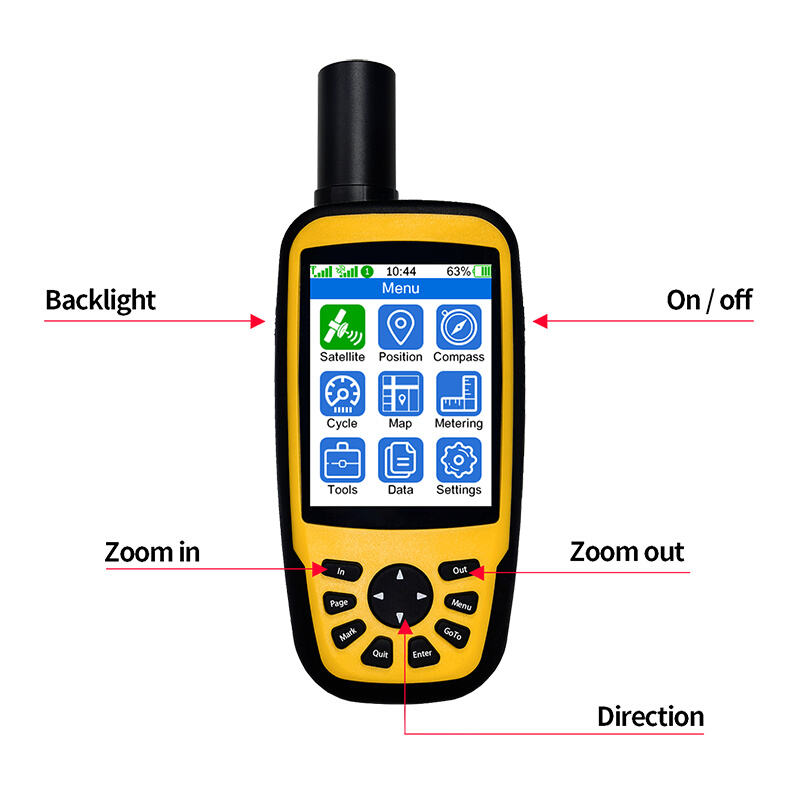تقنية الطيار الآلي في الزراعة تشير إلى استخدام أنظمة متقدمة تعمل على أتمتة الآلات والعمليات الزراعية. هذا التكامل يسمح بالتحكم الدقيق في الجرارات والحاويات، مما يسمح بالقيادة الآلية والزراعة والحصاد وحتى معالجة التربة مع الحد الأدنى من التدخل البشري. من خلال الاستفادة من تقنية الطيار الآلي المتطورة، يمكن للمزارعين زيادة الإنتاجية عن طريق تقليل وقت التشغيل ومتطلبات العمالة مع تعزيز دقة المهام الزراعية.
شهد تطور أنظمة الطيار الآلي الزراعي قفزة كبيرة من الأساليب التقليدية إلى اعتماد تقنية GPS المتطورة (نظام تحديد المواقع العالمي) و RTK (التحرك الحركي في الوقت الحقيقي). في البداية، كانت أنظمة الطيار الآلي بدائية، وتعتمد بشكل كبير على المدخلات البشرية للتنقل؛ ومع ذلك، فإن دمج نظام تحديد المواقع العالمي سمح بقدرات أكثر دقة وأتمتة في اتباع المسار. إضافة تكنولوجيا RTK تعزز الدقة بشكل أكبر ، حتى السنتيمتر ، مما يسمح للعمليات الفعالة حتى في المناطق الواسعة وغير المستوية.
وقد تبين اعتماد تكنولوجيا الطيار الآلي في مختلف القطاعات الزراعية من خلال زيادة الإنتاجية والكفاءة. على سبيل المثال، تسمح أنظمة الطيار الآلي بتنفيذ عمليات زراعية متعددة في وقت واحد، مما يقلل بشكل كبير من الوقت والموارد. تظهر الأبحاث أنه مع هذه التطورات، يمكن للمزارعين تحقيق زيادة تصل إلى 15٪ في إنتاجية الحقل بسبب تقليل التداخل أثناء الزراعة والحصاد. هذا التحول التكنولوجي لا يوفر فقط على تكاليف الوقود والعمالة ولكن يساهم أيضا في ممارسات الزراعة المستدامة من خلال تحسين المدخلات وتقليل ارتداء الآلات.
أنظمة الطيار الآلي تعزز بكثير كفاءة الزراعة عن طريق تقليل العمل اليدوي وتبسيط تعقيدات التشغيل. من خلال أتمتة المهام الزراعية الرئيسية مثل الزراعة والرش والحصاد، تسمح هذه الأنظمة للجرارات وغيرها من الآلات الزراعية بالقيام بأداء مع الحد الأدنى من التدخل البشري. هذه الأتمتة لا تعمل فقط على تبسيط العمليات بل تخفف أيضاً من الأخطاء البشرية، مما يضمن تنفيذ كل مهمة بدقة وفي الوقت الأمثل.
المهام المحددة في الزراعة التي يمكن أن تكون آلية تظهر فوائد كبيرة في توفير الوقت. على سبيل المثال، يمكن أن تغطي أنظمة الزراعة الآلية حقولًا كبيرة بسرعة أكبر من الأساليب التقليدية، مما يقلل من ساعات العمل ويسمح للمزارعين بتلبية فترات الزراعة الضيقة. الرش والحصاد، عندما يتم تلقائيا، تحقيق تغطية متسقة وكفؤة وجمع، وتحسين محصول المحاصيل والجودة.
إن اعتماد أنظمة الطيار الآلي في الزراعة مدعوم بأدلة إحصائية مقنعة. يبلغ المزارعون عن تخفيضات كبيرة في ساعات التشغيل، في كثير من الأحيان تصل إلى 15٪، بفضل هذه الأنظمة. بالإضافة إلى ذلك، لاحظ الكثيرون انخفاضًا في تكاليف التشغيل بسبب انخفاض استهلاك الوقود وانخفاض تكاليف العمالة. هذا التقدم التكنولوجي لا يزيد فقط من الإنتاجية بل يدعم أيضا ممارسات الزراعة المستدامة، مما يساعد في إدارة الموارد بشكل أكثر فعالية.
تقنية الطيار الآلي تعزز بشكل كبير الدقة في الممارسات الزراعية من خلال تحسين المهام مثل زراعة الصفوف، وتطبيق المواد الكيميائية، ومراقبة صحة المحاصيل. هذه التقنية تضمن أن يتم زراعة البذور في أعماق متسقة ومسافات متسقة، وهي أمر حاسم لتطور المحاصيل بشكل موحد. وبالمثل، فإن التحكم الدقيق في معدلات تطبيق المواد الكيميائية يقلل من النفايات ويمنع التطبيق الزائد، والذي يمكن أن يكون ضارًا بالبيئة. القدرة على مراقبة الحقول بدقة تضمن اكتشاف أي مشاكل ومعالجتها على الفور.
أحد المكونات الرئيسية التي تساهم في هذه الدقة هو نظام GPS الحركي في الوقت الحقيقي (RTK). يوفر نظام تحديد المواقع RTK GPS دقة على مستوى السنتيمتر، مما يسمح للمزارعين بتقليل النفايات من المدخلات بشكل كبير وتقليل التأثير البيئي. هذه التكنولوجيا تضمن أن العمليات مثل الزراعة والرش تحدث في صفوف دقيقة من عام إلى آخر ، مما يعزز كفاءة الحقل. استخدام نظام تحديد المواقع RTK GPS يمكن أن يقلل بشكل كبير من التداخلات والفجوات في التغطية ، مما يؤدي إلى استخدام أكثر كفاءة للموارد.
فوائد الدقة التي تسهلها تقنية الطيار الآلي موثقة جيداً. على سبيل المثال، أظهرت الدراسات انخفاضاً يصل إلى 15% في استخدام المواد الكيميائية وتحسينات في غلة المحاصيل بنسبة 10% بسبب تحسين الدقة. هذه الدقة التكنولوجية لا تساعد فقط في توفير التكاليف بل تعزز أيضا ممارسات الزراعة المستدامة من خلال ضمان استخدام الموارد بحكمة وفعالية.
الاستثمار في تكنولوجيا الطيار الآلي في الزراعة يوفر فوائد مالية كبيرة على المدى الطويل ، وخاصة من خلال خفض تكاليف العمالة وزيادة كفاءة التشغيل. تعمل أنظمة الطيار الآلي على تبسيط عمليات المزارع من خلال أتمتة المهام التي يتم إدارتها يدوياً، وبالتالي تقلل من عدد العمال المطلوبين وتسمح للمزارعين بتخصيص الموارد بشكل أكثر استراتيجية. هذه الأنظمة تحسن جداول العمل، وتعزز الإنتاجية، وتقلل من أوقات التوقف، مما يسهم بشكل كبير في الاستدامة الاقتصادية الشاملة للمؤسسة الزراعية.
بالإضافة إلى ذلك، تؤدي أنظمة الطيار الآلي إلى توفير التكاليف من خلال خفض استهلاك الوقود وتقليل النفايات. التكنولوجيا الآلية تضمن عمليات دقيقة، مثل الزراعة والحصاد، مما يقلل من التداخلات والمساحات المفقودة، وبالتالي توفير الوقود والموارد. هذه الدقة تمتد إلى تطبيق الأسمدة ومبيدات الآفات، حيث يمنع التطبيق المستهدف الاستخدام المفرط، مما يقلل من النفقات والأضرار البيئية. يبلغ خبراء الصناعة ودراسات الحالة المختلفة باستمرار عن عائد كبير على الاستثمار (ROI) عندما تدمج المزارع تقنيات الطيار الآلي في ممارساتها ، مما يوضح قيمتها في الإدارة الزراعية الحديثة.
إن دمج تكنولوجيا الطيار الآلي في الزراعة قد أحدث ثورة من خلال أدوات مثل مكعب RTK كمية صغيرة تحديد موقع الأقمار الصناعية عالية الدقة. هذا الجهاز المتقدم أمر حاسم في الزراعة الدقيقة بسبب حجمه الصغير، وزنه الخفيف، ودقة عالية. يلعب دورا محوريا في ضمان جمع بيانات دقيقة، وهو أمر ضروري لتحسين غلة المحاصيل وتقليل النفايات.

النظام الكهربائي 660 RTK محطة تحديد المواقع RTK المحمولة بدقة عالية هي أداة أخرى لا غنى عنها للمتجزعين في القطاع الزراعي. هذه الأداة مصممة للتطبيق العملي في الميدان، مما يعزز بكثير الكفاءة التشغيلية. يتم تعزيز سهولة استخدامه من خلال ميزات 4G و WiFi و Bluetooth المدمجة ، مما يجعله مثاليًا للاستقصاء الشامل والقياسات الدقيقة في مختلف الإعدادات.

النظام الكهربائي 660 جهاز قياس يدوي RTK مزدوج التردد يُحسن دقة قياسات الأراضي والحصول مع قدراته المتعددة الترددات. هذا الجهاز مثالي لدوره في الكشف عن مصادر المياه والمسح الطوبوغرافي، مما يساعد بشكل كبير المهنيين الزراعيين في تحسين دقة البيانات الميدانية.

إن دمج هذه الأدوات مع معدات الزراعة الحالية أمر حاسم لخلق عملية زراعية سلسة وفعالة. هذه التقنيات لا تعزز الإنتاجية فحسب، بل تعزز أيضًا دقة المهام الزراعية، مما يؤدي إلى ممارسات زراعية مستدامة ومربحة.
مستقبل تكنولوجيا الطيار الآلي في الزراعة يتم إعادة تشكيله من خلال الاتجاهات الناشئة مثل التقدم في الذكاء الاصطناعي والتعلم الآلي، والتي تعد بتحسين عملية صنع القرار. هذه التطورات تسمح بتحليل بيانات متطورة، مما يوفر للمزارعين دقة متزايدة في إدارة المحاصيل وتخصيص الموارد. هذه التحسينات تؤثر بشكل مباشر على المحاصيل من خلال السماح بتوقيت ودقة أفضل في العمليات الزراعية.
الابتكارات المحتملة في الأفق تشمل الطائرات بدون طيار المستقلة والمجرّات الآلية بالكامل، التي ستحدث ثورة في تكاليف العمل والتشغيل في الزراعة. يمكن لهذه التقنيات إجراء المراقبة وجمع البيانات، وأداء مهام الزراعة والحصاد، وتقليل التدخل البشري بشكل كبير.
يتنبأ الخبراء بأن اعتماد هذه التقنيات سيتسارع خلال العقد المقبل، مما يؤثر بشكل كبير على الكفاءة والإنتاجية في القطاع الزراعي. من المتوقع أن يتحقق من خلال تبني هذه التقنيات زيادة في الإنتاجية بنسبة 15% في الزراعة، مما يضمن استدامة أفضل وتقليل التأثير البيئي.